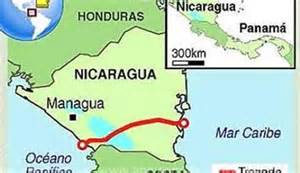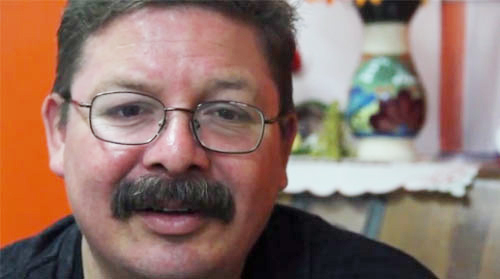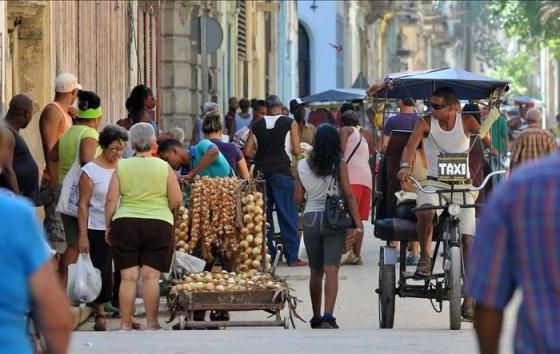Compiled by the El Reportero’s staff
The heart of the Mission District has been and is being painted is such details that one cannot miss the landscape location of Anthony Holdsworth’s oil paiting. Over 30 masterpiece paintings will have been painted by project end. The whole work is a masterpiece never been done in the history of the district.
Exhibition extended through Sunday, January 11.
At Alley Cat Gallery, 3036 24th St, San Francisco. For more info call (415) 824-1761, or visit www.anthonyholdsworth.com.
La Gente band and others at the Elbo Room
We are proud to announce La Gente will be headlining at The Great American plus Marcus Cohen & The Congress, Emcee Infinite + live painting by Joshua Coffy,
& special guests Jorge Molina Jillian Picazo.
Live at The Great American Music Hall, on Saturday at 8 p.m., on Jan. 24 2015, 859 O’Farrell St, San Francisco. Doors. 9:00 Music
New paintings of the San Francisco Mission District
The heart of the Mission District has been and is being painted is such details that one cannot miss the landscape location of Anthony Holdsworth’s oil paiting. Over 30 masterpiece paintings will have been painted by project end. The whole work is a masterpiece never been done in the history of the district.
Exhibition extended through Sunday, January 11.
At Alley Cat Gallery, 3036 24th St, San Francisco. For more info call (415) 824-1761, or visit www.anthonyholdsworth.com.
The History of the Voices of Latin Rock Autism Awareness Benefit Concerts
Voices of Latin Rock VIII at the sold out Bimbo’s 365 Club featured the young and old of Latin Rock and local talent. The Autism Awareness event showcased the “sweetheart” of Latin Rock and rising star BLANCA.
A favorite of the Bay Area, Blanca Sandoval, band leader, producer, song writer, guitarist and lead vocalist of the band, enjoys a huge following and is well on her way to great success in Latin/Pop Rock.
Voices of Latin Rock VIII – January 26, 2012
Children and families have chance to read and play during school break with bingo
The library will distribute cards for its new “Winter Bingo” game, encouraging children in grades K-5, and parents of younger children and babies, to do activities that stimulate literacy and learning. Any child or parent may return a bingo card with five activities marked in a row to any Oakland Public Library between now and Jan. 31, 2015, to select a free paperback book to keep, as a prize.
Activities include direct reading activities such as “Listen to a story” or “Read about your favorite thing” as well as social activities such as “Make someone laugh,” or “Bring a friend to the library,” and active play such as “Dance” or “Play outside.” Activities for parents to do with babies and preschoolers include “Use a recipe to make a snack,” and “Ask your child to turn the page.” Bingo cards will be available at all library locations and distributed to partner organizations, and are available in Spanish, Chinese, and English.
For more information, please visit www.oaklandlibrary.org or contact Nina Lindsay, Supervising Librarian for Children’s Services, at nlindsay@oaklandlibrary.org, or 510-238-6706.








